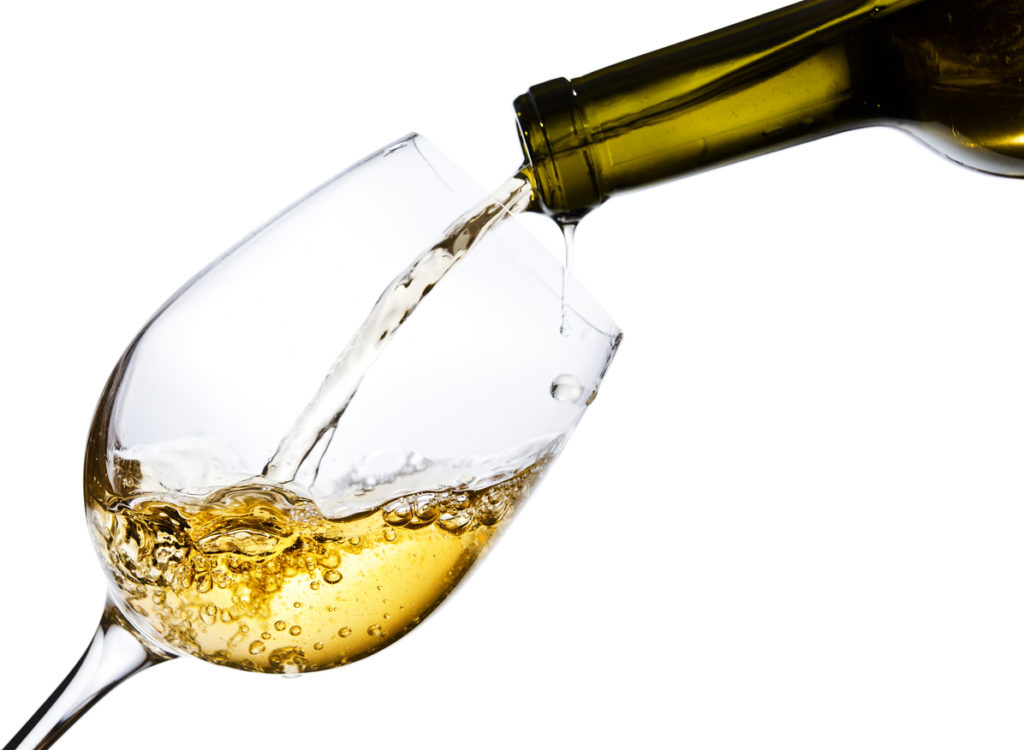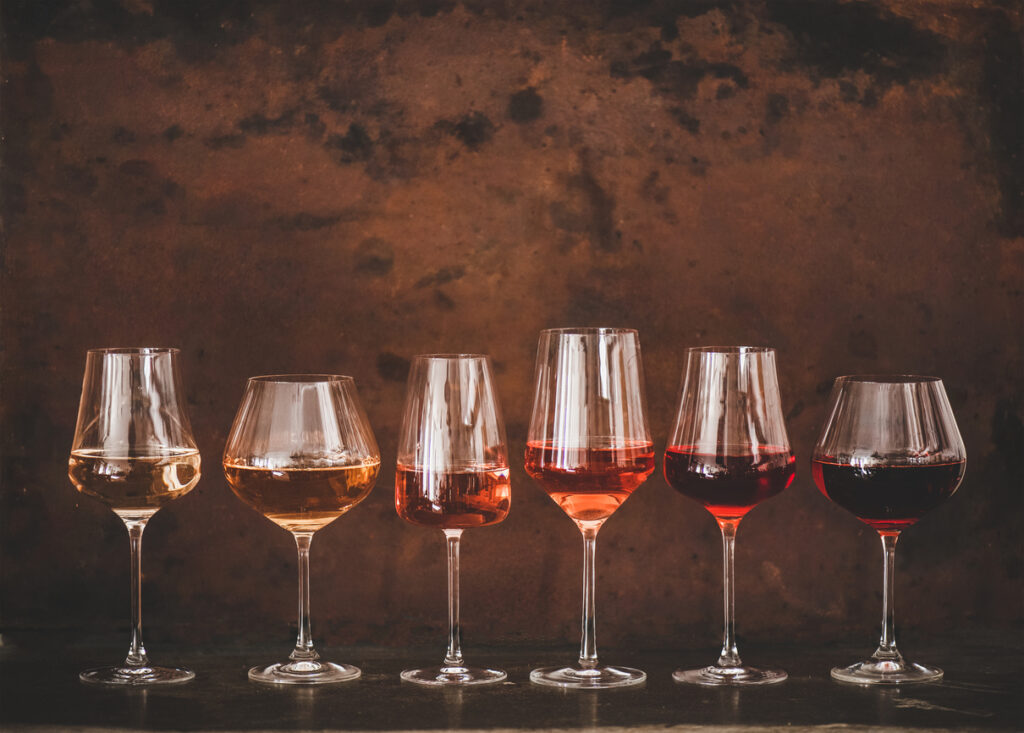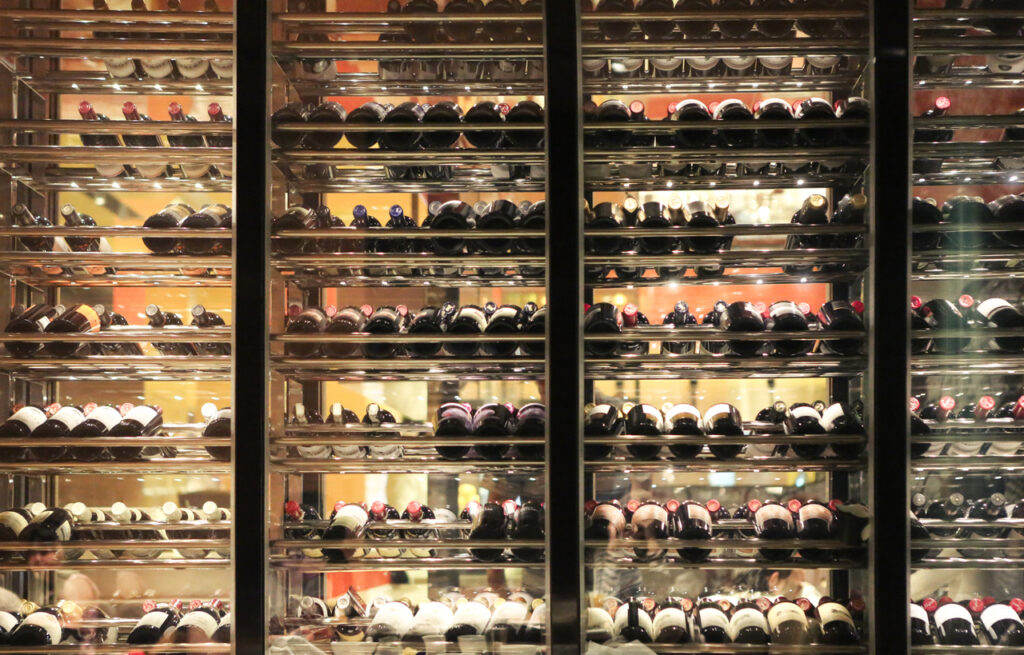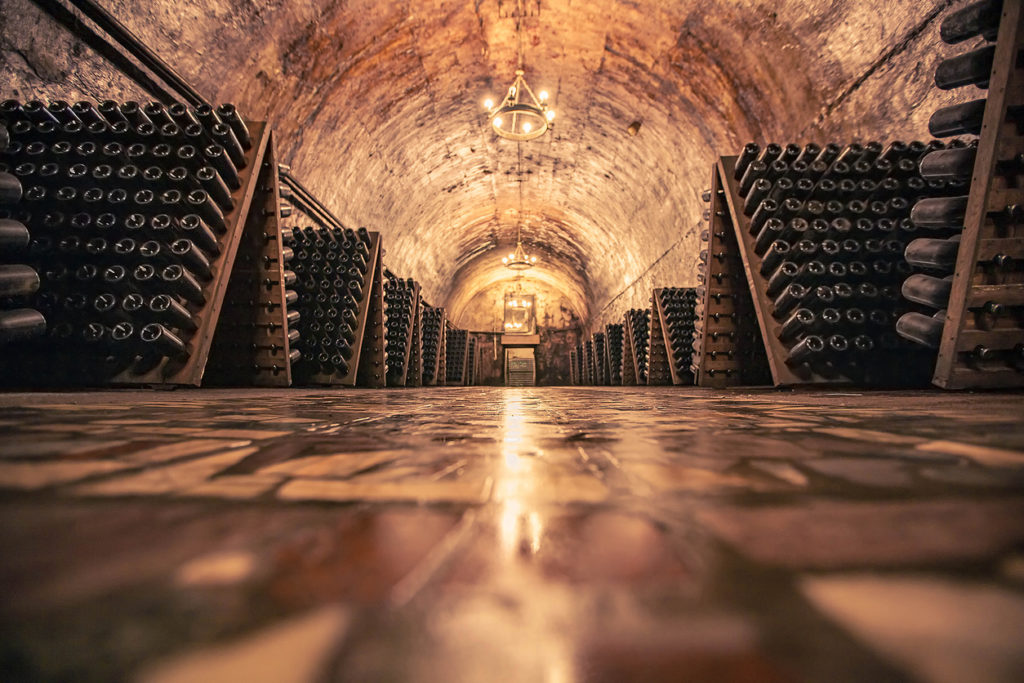Coming home from a long day can be easily remedied by relaxing with loved ones while sipping on a glass of your favorite wine, right?
In fact, there’s little a good glass of wine can’t fix, so we can imagine your frustration when you go to pour yourself a lovely glass of Pinot Grigio after a busy day, only to be disappointed because it’s gone bad.
So, how can you tell that wine has gone bad without having to taste it to be sure?

This article will explain exactly how to tell if wine has gone bad, what happens if you drink bad wine, and the reasons why your wine may taste bad. Keep reading to find out.
How do you know if wine has gone bad?
Fortunately, there are several tell-tale signs of bad wine, so you know not to drink it and risk upsetting your stomach.
1. It tastes bad
The most obvious sign but the least desired method for finding out if wine has gone bad is by tasting it, and if it tastes bad, it’s gone bad.
2. It smells bad
Often if wine has gone bad it will most likely smell similar to vinegar when it has turned. Wine that has gone bad can also sometimes smell musty or even moldy.
3. It tastes sweet (if it’s red wine)
When red wine has been overexposed to heat, it will start to smell and taste sweet, similar to Port or dessert wine. If this is the case, it has gone bad.

4. It tastes fizzy
If your wine wasn’t sparkling when you bought it, but it tastes fizzy now, it’s definitely gone bad. It’s likely gone fizzy because a second fermentation has happened.
5. It tastes ‘chemically’
If your wine no longer tastes fruity and/ or has a taste that reminds of chemicals such as nail polish remover, it has definitely gone bad.
6. The cork has popped out slightly
If you haven’t even opened the wine yet but the cork is pushed out of the bottle slightly, this is a sign that the wine has overheated and expanded, forcing the cork upwards. Another sign that the wine has ‘cooked’ is that it will have a raisin-like smell when you open it.
7. If red wine has turned brown
When red wine has passed its prime, it will likely change from its velvety red color to a brownish hue.
8. If white wine has turned dark yellow/ light brown
When white wine has become oxidized, it will turn an ugly dirty yellow color, indicating it is no longer drinkable.
Why does wine go bad?

So now you know how to spot when wine has gone bad, so, how can you prevent this? Below are some of the main reasons why wine goes bad.
Overheated wine
Wine will become overheated, typically from being left to sit out in the sun, but it can also overheat or ‘cook’ when stored incorrectly, perhaps in a hot basement or in the back of a car on a hot day.
Storing your wine under the correct temperature is vital if you want it to taste good and last.
Oxidization
Wine reacts in a similar way to fruit that has been chopped and left out in the open. It reacts with the oxygen in the air and changes in color. Leaving wine open won’t make it go bad straight away, but over time it will become oxidized and undrinkable.

Incorrect storage
Poorly stored wine will likely go bad too due to numerous reasons that we will discuss in the next point.
How should you store wine?
When storing wine at home, there are a few rules you should follow in order to ensure it doesn’t go bad before you even have the chance to taste it.
The most important storage factors include light, temperature and humidity. Let’s take a deeper look.
Tip 1: keep the temperature consistent
The environment you store your wine in is super important, and maintaining a consistent temperature and humidity will make your wine last much longer.
Make sure where you store your wine won’t be susceptible to fluctuating temperatures, such as rooms with cooling/ heating systems.
The best temperature to store wine is around 55 degrees, give or take about five degrees. If you were to store it over 70 degrees, this will cause it to overheat and taste bad.
The best humidity level for storing wine is about 70 %, this will ensure the cork won’t dry out and allow the oxidation process to take place. Equally, humidity higher than 70 % is bad and can also cause mold.

Tip 2: store bottles that contain corks horizontally
Storing a corked wine bottle upright can cause the cork to dry out, which can expose the wine to oxygen, causing oxidization to take place and the wine will go bad.
Tip 3: don’t store wine in the fridge for long periods
When a wine bottle is stored in the fridge in the long-term, it becomes susceptible to the vibrations and various smells. The vibrations can actually change the chemical structure of the wine. If the wine is stored near any strong smells, this can taint the taste of the wine too.
Tip 4: store in a dark, dry place
If you store your wine in direct sunlight, it can cause the amino acids to oxidize, giving the wine a bad taste. It is particularly important that you store clear bottles out of direct sunlight, as they will be even more susceptible to the sun’s rays.

Can drinking wine that’s gone bad make you sick?
Fortunately, drinking wine that’s gone bad won’t make you sick, but it will taste pretty gross!
For example, oxidized wine isn’t harmful to the body. While oxidized wine contains acetaldehyde, which is toxic, there is too small an amount of it in oxidized wine for it to harm you.
That being said, it won’t taste good at all, imagine drinking a glass of vinegar – yuck!

